Medi-facials treat deeper skin concerns like acne, pigmentation, dullness, and aging—using advanced, dermatologist-approved techniques. They go beyond salon facials to deliver clearer, smoother, and healthier-looking skin with lasting results.
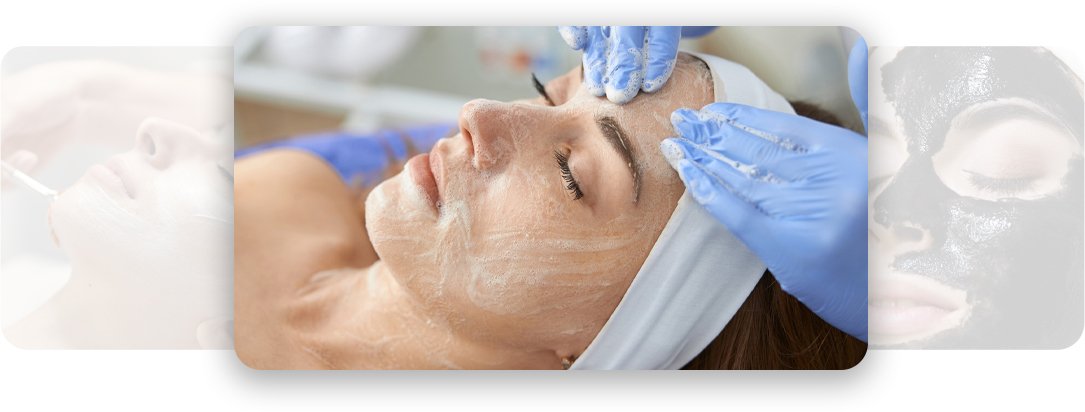

Chemical peel facial involves the application of a concoction of fruit acid peels to exfoliate and rejuvenate the skin. Chemical peel facials help reduce sebum production, resulting in fewer acne breakouts. Skin peeling also helps in reducing pigmentation.
Chemical Peel Treatments Benefits
The solution causes the outermost layer of skin to peel off, revealing a fresher, smoother, and more youthful layer underneath.

After a chemical peel, avoid active ingredients for 24 hours and apply moisturizer if irritation occurs. Use sunscreen regularly and avoid swimming, sauna, or intense exercise for at least 2 days. Contact the clinic if you notice any unusual marks.
Laser Rejuvenation
Q-Switched laser is an advanced laser technology used for treating pigmentation, tattoo removal, and skin rejuvenation. It delivers short, high-energy pulses in nanoseconds to break down pigment particles without harming surrounding tissue.
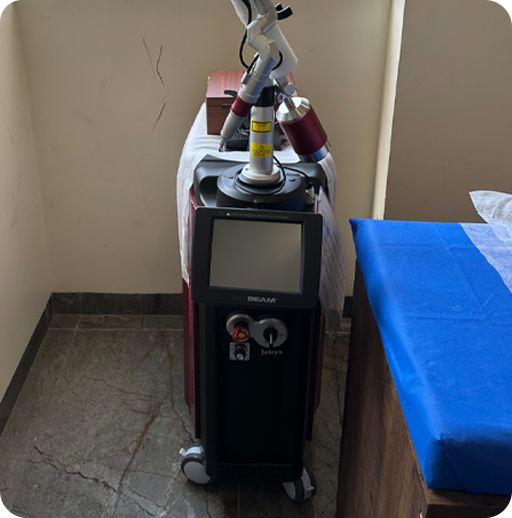
Works on the Selective Photothermolysis principle.
Emits laser energy in ultra-short pulses that target chromophores (melanin, tattoo ink, or hemoglobin).
These pulses shatter pigment particles into smaller fragments, which are gradually removed by the body’s immune system.
The process occurs without significant heat buildup, reducing the risk of burns or damage to surrounding skin.

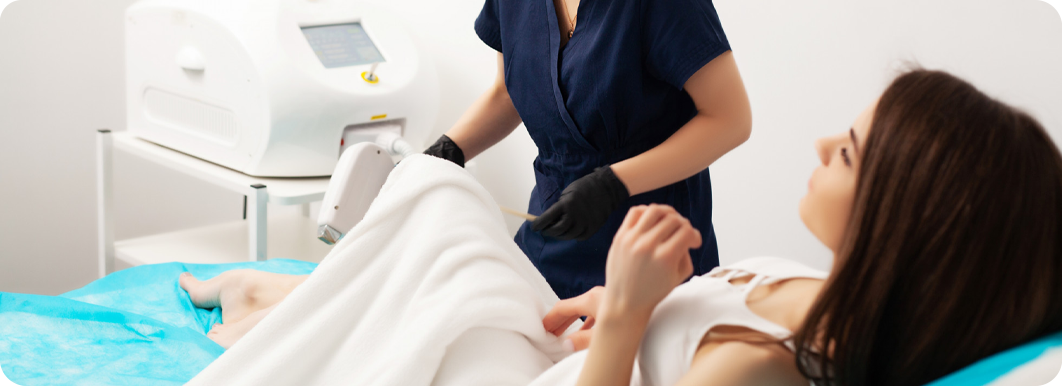
Before starting the treatment, a detailed consultation is conducted to explain the procedure, expected results, and potential side effects, followed by written consent. Pre-treatment care includes avoiding sun exposure for two weeks, discontinuing active skincare products 3–5 days prior, and refraining from waxing or threading in the area. A patch test may be done for darker skin tones. On the day of treatment, the skin is thoroughly cleansed, and numbing cream may be applied if needed for comfort.
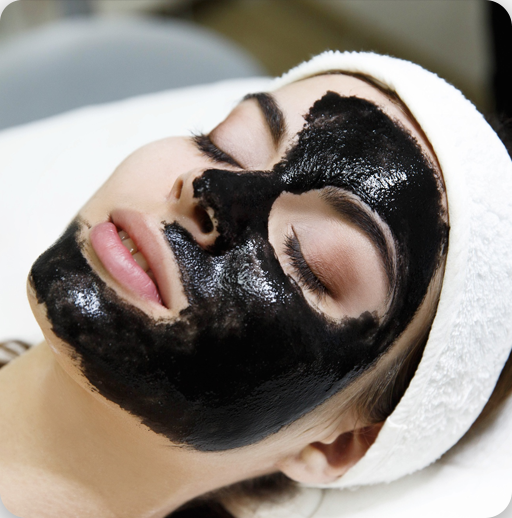
Carbon facial is a safe and proven treatment that uses a special carbon paste and a Q-switched laser to instantly brighten the skin. The carbon absorbs impurities, while the laser rejuvenates the skin, giving it a fresh look.
Regular treatments help with open pores, improve skin texture, and reduce oiliness.

After the treatment, avoid using active ingredients on the treated area for 24 hours. Apply moisturizer if you experience itching or irritation, and contact the clinic if brown marks appear. Use sunscreen and moisturizer regularly, and avoid swimming, sauna, or intense exercise for 2 days.
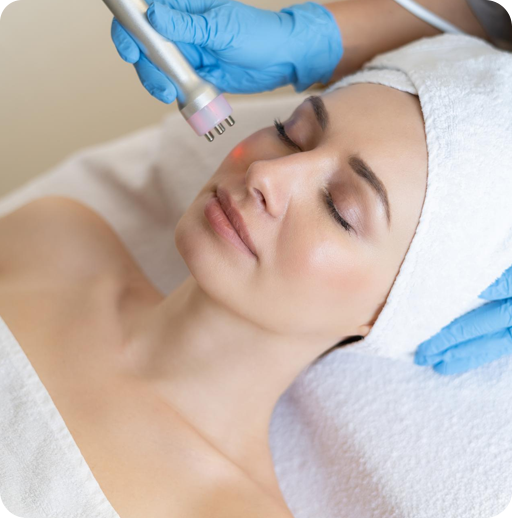
Photofacial is a non-invasive procedure that uses light energy to target and improve various skin concerns. Performed by trained dermatologists or licensed practitioners, this treatment utilizes a specialized device that emits high-intensity pulses of light to target specific chromophores in the skin, such as melanin and hemoglobin.
Effectively minimizes fine lines, treats pigmentation, reduces redness, improves skin tone, tightens skin, and stimulates collagen production.

Treatment Plan and Results
A series of 3–5 sessions, spaced 3–4 weeks apart, is recommended for optimal results. Visible improvements can be seen after the first session, with progressive enhancement over subsequent treatments.
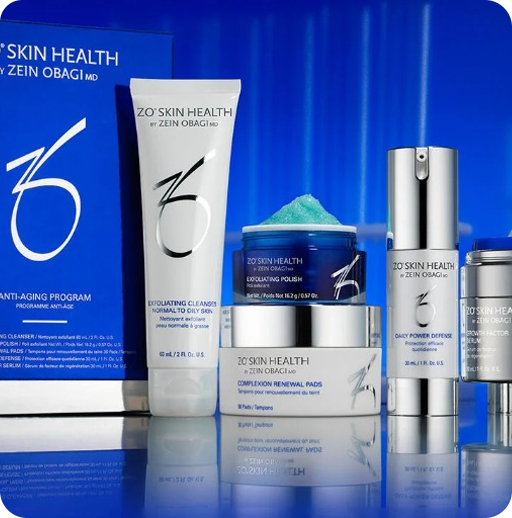
ZO treatments, also known as Zein Obagi blue peel, are a medical peel created by dermatologist Dr. Zein Obagi. It is designed to rejuvenate the skin without any downtime. The peel contains anti-irritants and antioxidants that help to stimulate the turnover of skin cells, exfoliate the skin, and reduce the appearance of fine lines and other signs of aging. This results in smoother, brighter, and more youthful-looking skin. ZO Facial Treatments are ideal for those looking to address issues such as Melasma, Uneven skin tone, Fine lines and wrinkles, Skin rejuvenation, Dull and dehydrated skin.

Treatment Plan and Results
A series of 3–5 sessions, spaced 3–4 weeks apart, is recommended for optimal results. Visible improvements can be seen after the first session, with progressive enhancement over subsequent treatments.
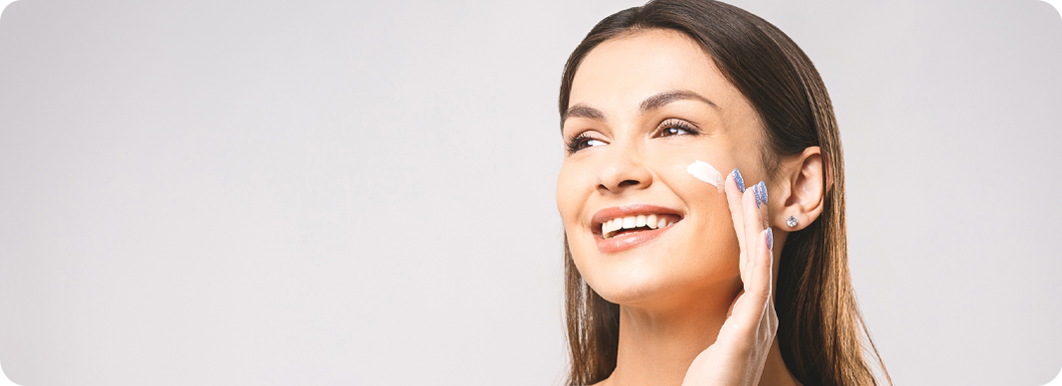
Post-treatment care includes avoiding sun exposure for 24–48 hours and using a gentle cleanser with a hydrating skincare routine. Apply sunscreen (SPF 30+) and reapply every 2–3 hours. Avoid retinol, AHAs, or BHAs for 2–3 days, and stay well-hydrated to support long-lasting results.
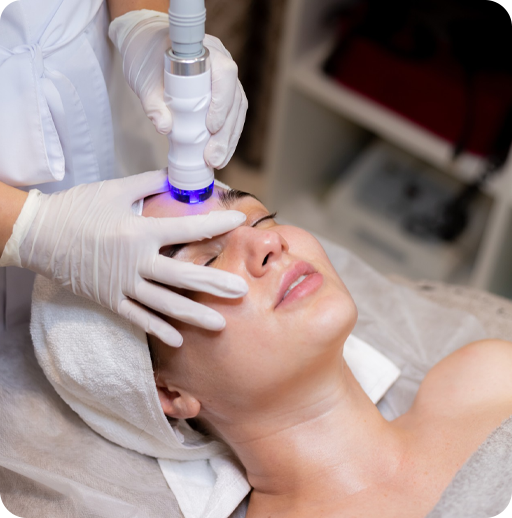
Hydrodermabrasion is a gentle, non-invasive facial treatment that combines exfoliation, deep cleansing, hydration, and serum infusion using a vacuum-based device and water-based solutions. It helps improve skin texture, tone, and radiance without downtime.

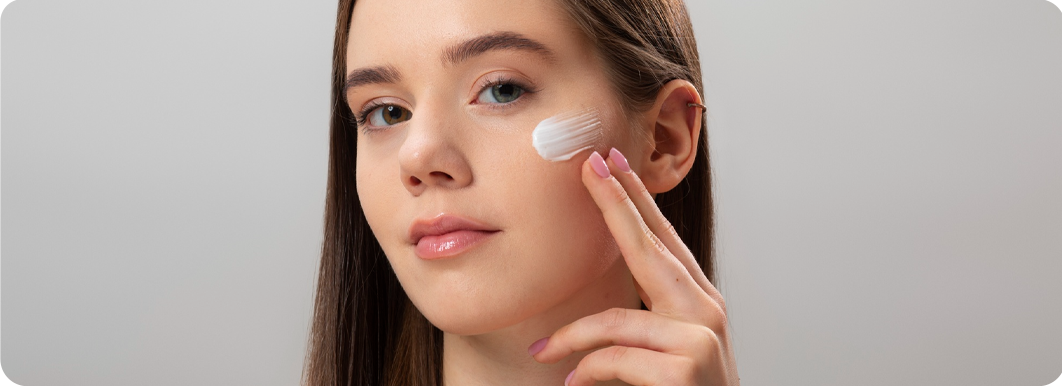
Following the treatment, it's important to avoid sun exposure for at least 48 hours and apply sunscreen regularly to protect your skin. Avoid wearing makeup for the first 24 hours to allow your skin to breathe and heal. Stick to a gentle skincare routine for 2–3 days to maintain results and prevent irritation.
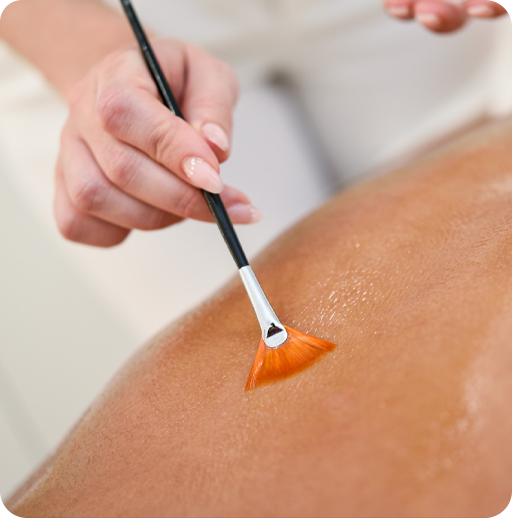
Body peels are medical treatments that use trichloroacetic acid (TCA) to improve your skin’s appearance. The peels come in a variety of strengths or concentrations of acid. A TCA peel works by removing dead skin cells and stimulating new skin cell growth. People use TCA peels to try to get younger-looking skin, and to treat certain skin conditions, like body pigmentation, melasma, and acne scarring.
